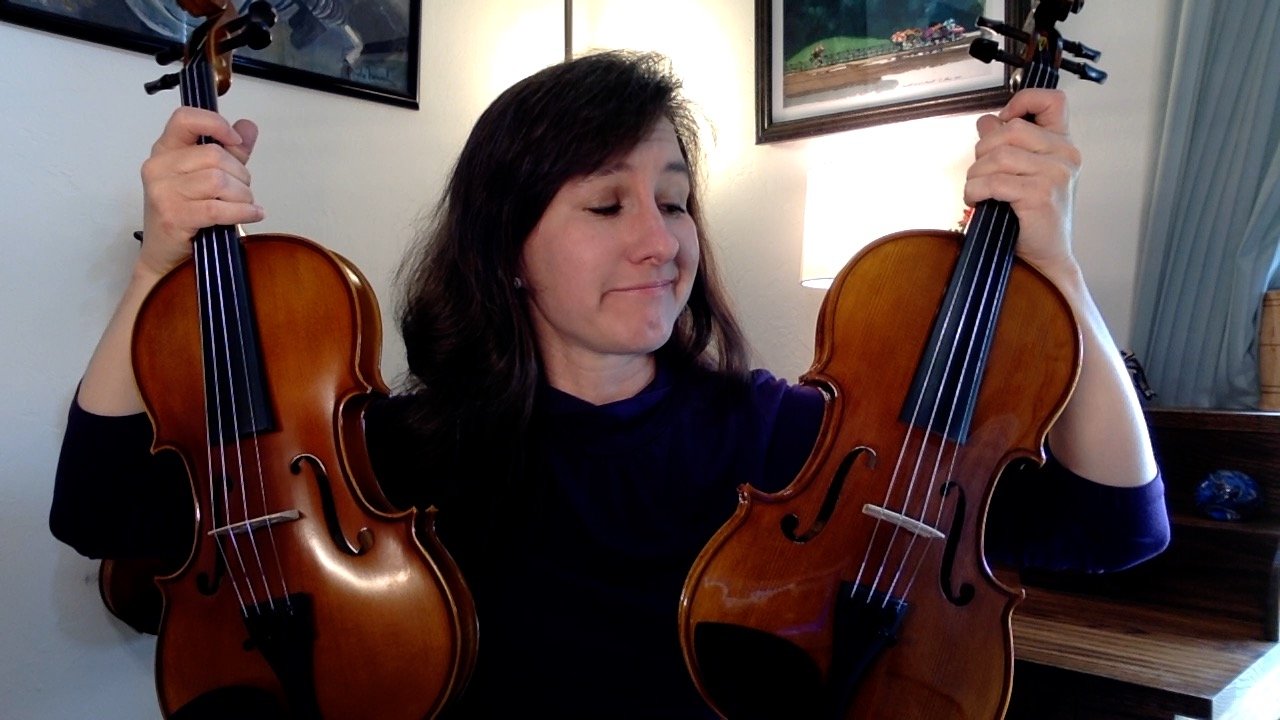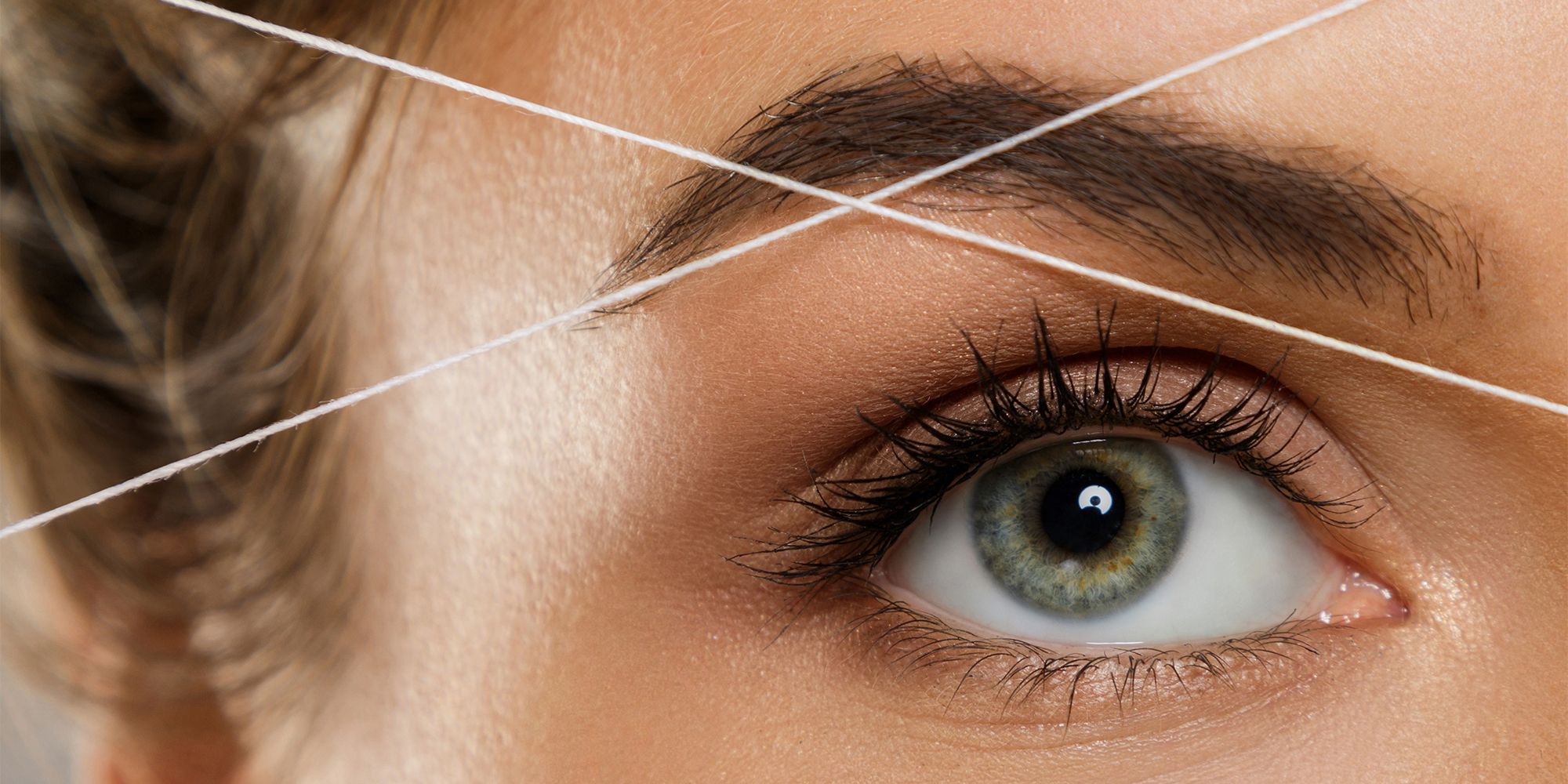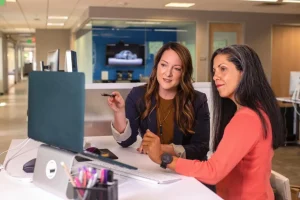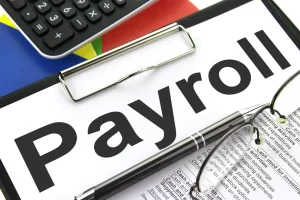Learn to Play Violin in 18 Steps
Learning to play the violin is more than a hobby it’s a journey that can transform your life. Whether you’ve tried other instruments or are diving into music for the first time, the violin has a unique power to captivate. You don’t need a music degree just passion, patience, and the right approach.
Getting Started with the Right Equipment
Your first step is to buy or rent a quality violin not a cheap “VSO” (violin-shaped object). VSOs often sound scratchy, are hard to tune, and discourage beginners. Look for an instrument that costs around $250 and includes a bow and case.
Next, invest in a comfortable shoulder rest. A proper fit reduces tension and makes playing easier. If your outfit includes rosin, you’re set. A music stand isn’t necessary at first if you’re learning by ear, but it’s helpful later on for reading sheet music.
Listen Before You Play
Before touching the violin, immerse yourself in violin music. Whether it’s classical, fiddle, or Irish styles, listening sharpens your ear and helps you internalize pitch and rhythm. This step builds foundational ear training essential for violinists.
Choose a Structured Learning Path
While YouTube has countless videos, piecing together random lessons leads to confusion. A structured course, even a free one or professionally guided violin lessons in Rolling Hills Estates CA, ensures you don’t skip critical basics like tuning, bow grip, and posture. It sets you up for success and saves time in the long run.
Learn to Tune and Adjust
Tuning is one of the first things you’ll need to master. It may seem challenging at first, but a good tuning app and a decent instrument will make it manageable. Learn how to attach and adjust your shoulder rest to avoid unnecessary strain.
Master Each Hand Separately
The violin requires two hands doing very different tasks. Don’t try to play everything at once. Start with left-hand pizzicato (plucking) to learn finger placement, then practice bowing separately. Combining them comes after you’re comfortable with each hand.
Prioritize Ear Training Over Sight
Violins have no frets, so your ears must guide your fingers. Avoid relying on finger tapes, which shift your focus from sound to sight. Instead, train your ear from the beginning. It’s more effective and prepares you for higher-level playing.
Practice Consistently
Daily practice is key. Even 15–30 minutes a day is more effective than two hours once a week. Take one rest day each week, but keep up consistent progress by forming a practice routine. This builds muscle memory and motivation.
Avoid Bad Habits Early
Common issues like a locked thumb or bent wrist can slow progress. Learn proper form from the start to avoid frustration later. A well-designed course can help you recognize and correct these habits before they become ingrained.
Get Feedback
You can teach yourself violin, but feedback accelerates learning. Posting videos or joining an online studio where teachers can respond is invaluable. A second set of eyes can catch things you might miss on your own.
Go Slow Really Slow
One of the best pieces of advice: slow down. Playing slowly gives your brain time to coordinate the fine motor skills involved. Even advanced players benefit from slow practice, so make it a habit from the beginning.
Understand the Importance of the Bow
Many beginners focus too much on the left hand, but your bow is what makes the music sing. It controls tone, phrasing, and dynamics. Prioritize bowing technique early for the best results in tone production.
Find Your Community
Learning violin solo doesn’t mean doing it alone. Join a community of learners online or in person to stay motivated. Encouragement, support, and shared struggles will keep you going.
Be a Problem-Solving Detective
When you hit a tricky section, don’t just repeat it over and over. Stop and analyze what’s going wrong. Is it your bow hand? Your finger placement? Fix the root cause, not just the surface issue.
Simplify When Needed
If a section feels overwhelming, strip it down. Remove difficult bowings or tricky rhythms and focus on the basics. Build back up step by step.
Play with Others
Once you’re comfortable, join a jam session or local music group. It may seem scary, but it’s a great way to grow and stay inspired. You’ll find others learning just like you.
Expect Ups and Downs
Progress isn’t always linear. Sometimes, things will sound worse before they get better. That’s okay. It often means your ear is improving and picking up on flaws you used to miss. Trust the process.
Have a Clear Path Forward
Once you’ve mastered the basics, don’t get stuck. Create or follow a step-by-step progression plan so you’re always working on the next skill. Structured online memberships or courses often provide this kind of guidance.
Don’t Give Up
Finally, keep going. Violin is challenging, but it’s also incredibly rewarding. Many people wish they had learned or stuck with it. Let that be your motivation. If you love the violin, you can learn it. Just pick it up and start playing.
Ready to begin? Your violin journey won’t always be easy, but it will always be worth it. Stick with it, stay curious, and let music lead the way.
Happy practicing!








Post Comment